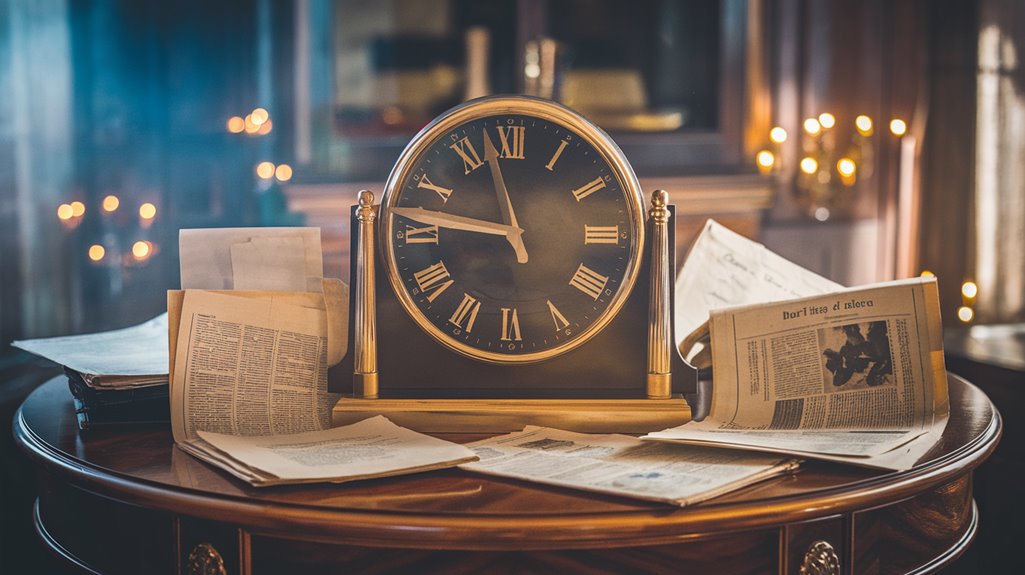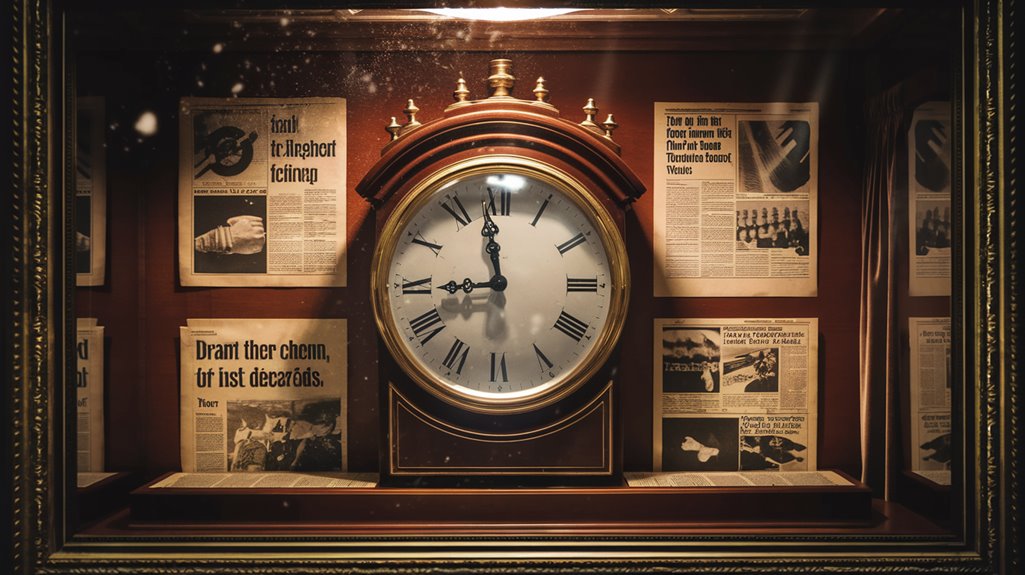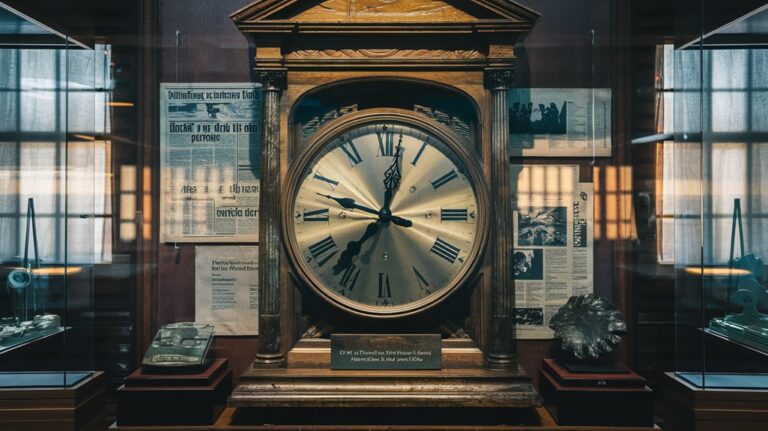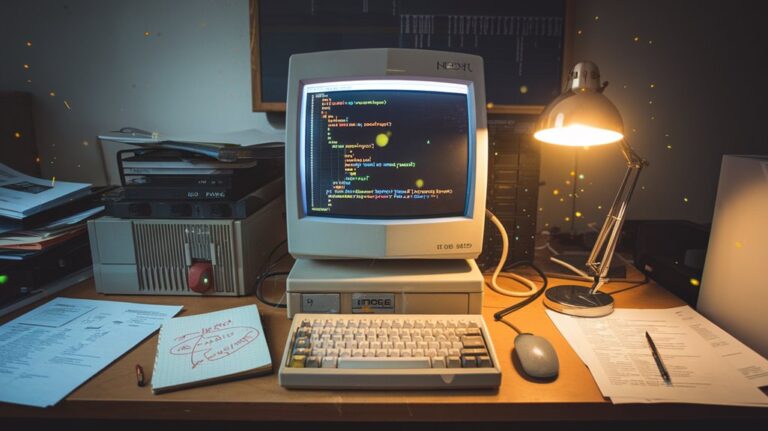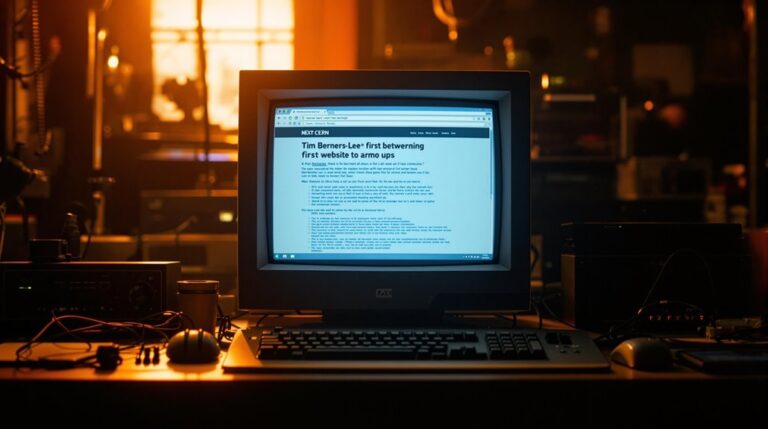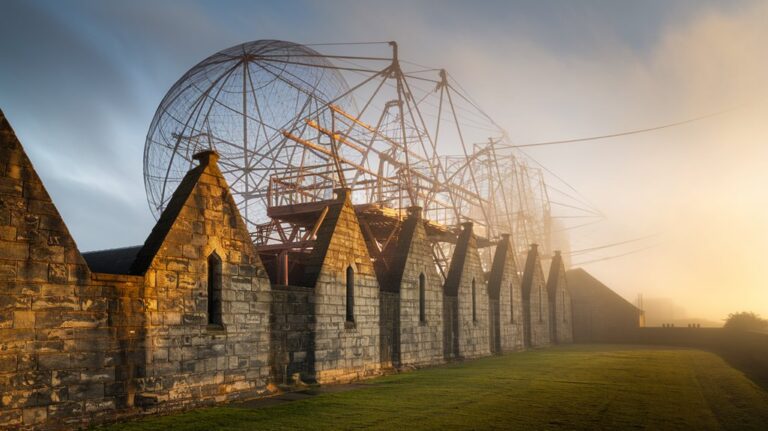The Doomsday Clock: Humanity’s Eeriest Countdown
You've probably heard of the Doomsday Clock, but do you know why it's making headlines now? Since its creation in 1947, this symbolic timepiece has served as humanity's wake-up call, tracking our proximity to global catastrophe. At 90 seconds to midnight, we're closer to destruction than ever before. It's not just about nuclear threats anymore – climate change, biological weapons, and emerging technologies have all pushed those haunting hands forward. Let's explore why time might be running out.
Origins and Early History of the Doomsday Clock
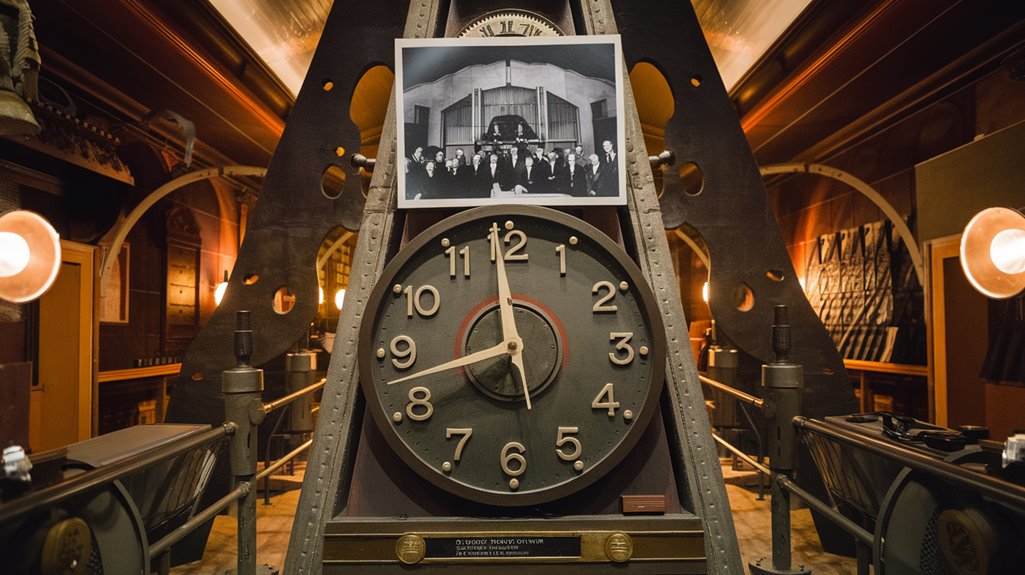
When scientists witnessed the devastating power of atomic weapons during World War II, they felt compelled to create a warning system for humanity. In 1947, J. Robert Oppenheimer, Albert Einstein, and Eugene Rabinowitch introduced the Doomsday Clock on the cover of the Bulletin of the Atomic Scientists magazine.
Artist Martyl Langsdorf designed the clock symbolism, setting it at seven minutes to midnight for aesthetic appeal. The Bulletin has since hosted events like the 5th Doomsday Symposium to foster critical discussions about global catastrophic risks.
The clock's historical significance grew when Eugene Rabinowitch made its first adjustment in 1949, moving it to three minutes to midnight after the Soviet Union's atomic bomb test. The most concerning adjustment came in 1953 when the clock reached two minutes to midnight following hydrogen bomb testing.
Until his death in 1973, Rabinowitch managed the clock's settings based on nuclear developments.
Today, a panel of experts continues this tradition, evaluating global threats including nuclear warfare, climate change, and emerging technologies to determine humanity's proximity to catastrophe.
The Science Behind the Clock's Movement
Although the Doomsday Clock appears simple on its face, the science behind its movements involves a complex analysis of global threats.
You'll find that nuclear risk remains the foundation of the clock's calculations, with scientists meticulously tracking weapons development, testing, and arms reduction agreements worldwide.
The clock's movements now rely heavily on climate statistics, monitoring carbon dioxide levels and sea-level rise data. The clock's scope expanded beyond its nuclear weapons origins when scientists recognized additional existential threats to humanity.
When you look at the latest settings, you're seeing the result of extensive research that also weighs the impact of disruptive technologies like AI.
Twice yearly, the Bulletin's Science and Security Board meets to evaluate these factors, examining how global leaders and institutions are addressing these challenges.
The current 89 seconds to midnight represents the closest humanity has ever been to catastrophe according to the clock's measurements.
Their decisions aren't made lightly – each minute adjustment reflects carefully analyzed data and expert assessment of humanity's proximity to catastrophe.
Notable Shifts Through the Decades
The Doomsday Clock's hands have traced humanity's journey through nuclear perils and environmental challenges since 1947.
During the Cold War, you'll notice dramatic shifts as Nuclear Proliferation fears intensified. The clock swung between hope and danger, reaching 2 minutes to midnight in 1953 after hydrogen bomb tests, then retreating to 12 minutes in 1963 following diplomatic breakthroughs. Originally created by Manhattan Project scientists, the clock has become a powerful symbol of global catastrophe risk.
The assessment process involves expert consultations from Nobel laureates, scholars, and policy analysts who carefully evaluate global threats.
Key moments that moved the clock's hands:
- The Soviet Union's first atomic test in 1949 pushed it to 3 minutes
- The 1972 SALT I treaty brought optimistic 12-minute mark
- The end of Cold War achieved the safest 17 minutes in 1991
- North Korea tensions drove it to 2 minutes in 2018
- Russia's invasion of Ukraine set the closest mark yet: 90 seconds in 2023
Modern Threats and Their Impact
Today's global threats paint an increasingly dire picture, with multiple existential risks converging at an unprecedented scale.
You're witnessing nuclear escalation risks intensify as major powers expand their arsenals while nuclear arms reduction agreements continue to deteriorate. The Pentagon warns China is rapidly expanding its nuclear capabilities.
The climate crisis isn't waiting either – 2023's record-breaking temperatures and devastating natural disasters serve as stark reminders that current climate action falls dangerously short. The world has seen 40-fold solar growth in U.S. renewable energy production, yet more urgent action is needed.
Meanwhile, emerging technologies add new dimensions of risk.
You're facing unprecedented challenges from AI-driven disinformation, advanced biotechnology threats, and space-based weapons.
The lack of proper governance for these innovations only compounds their dangers.
What's particularly alarming is how these threats don't exist in isolation – they interact and amplify each other, creating a perfect storm that demands immediate, coordinated global response.
The Clock's Global Influence Today
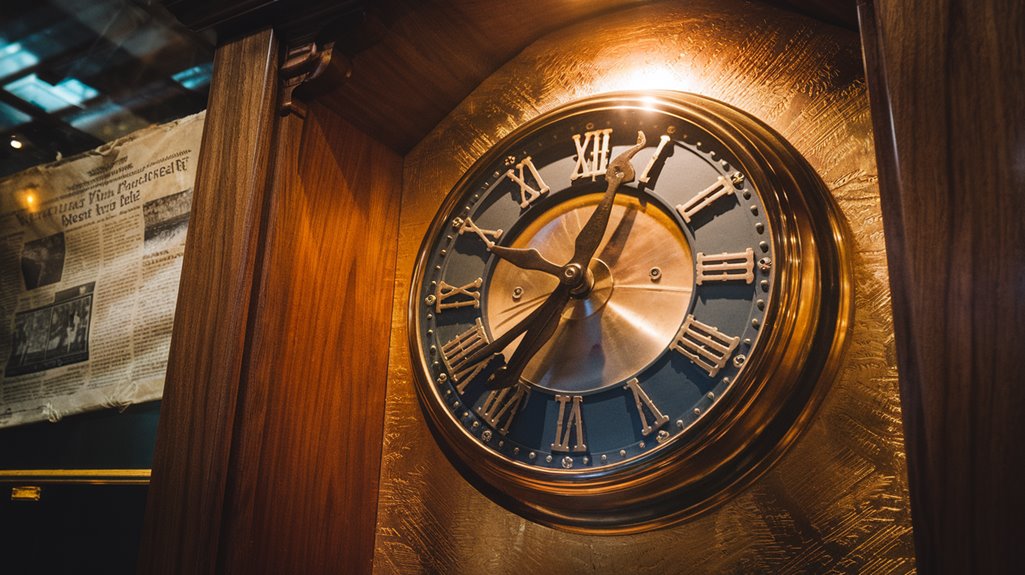
Amid escalating global threats, the Doomsday Clock has evolved into humanity's most recognized warning system for catastrophic risks.
You'll find its influence extends far beyond scientific circles, driving public awareness and shaping global policy discussions. The clock's current setting at 89 seconds to midnight – the closest to catastrophe in its 78-year history – has intensified calls for international cooperation. The nuclear arsenal spending has increased by 34% among nuclear-armed states in the past five years. Originally established in 1947, the clock has expanded its focus from nuclear risks to include broader threats.
- World leaders now reference the clock when discussing nuclear disarmament
- Media outlets regularly use it as a benchmark for global security
- Climate action initiatives often cite it to emphasize urgency
- Educational institutions incorporate it into discussions about existential risks
- Diplomatic negotiations frequently mention it as motivation for cooperation
The clock's impact continues to grow as it highlights the increasing dangers of nuclear weapons, climate change, and emerging technologies, pushing for immediate action to protect humanity's future.
What the Latest Setting Means for Our Future
When scientists moved the Doomsday Clock to 89 seconds before midnight in 2025, they sent their starkest warning yet about humanity's precarious future.
You're now living in what experts consider the most dangerous period since the clock's creation in 1947.
 Russia's invasion of Ukraine emerged as a critical factor pushing humanity closer to catastrophe.
Russia's invasion of Ukraine emerged as a critical factor pushing humanity closer to catastrophe.
Unless you and your leaders adopt an immediate crisis mindset and take decisive steps, the probability of global catastrophe will only increase.
This stark assessment comes from the Science and Security Board, a panel of 18 experts who meet twice yearly to evaluate global threats and adjust the clock accordingly.

